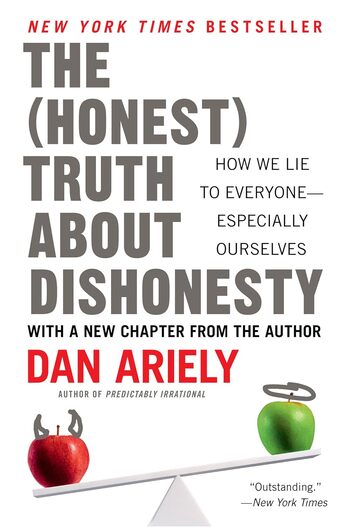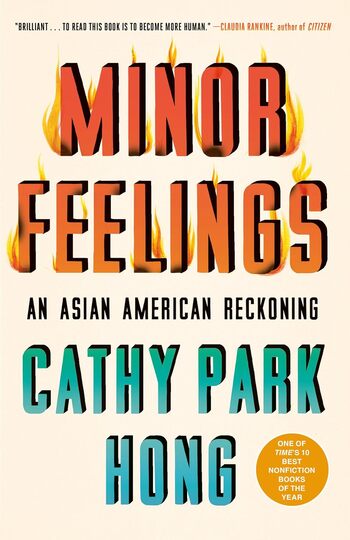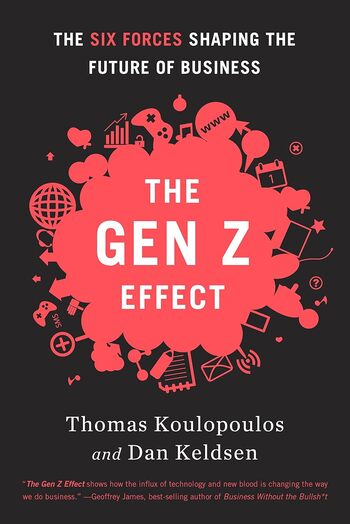
Chernobyl explores the catastrophic 1986 nuclear disaster’s origins, from faulty design and human errors to government denial. It highlights the tragedy’s human and political costs, contributing to the Soviet Union’s collapse.
Main Lessons
- The Chernobyl disaster stemmed from a mix of engineering flaws and human incompetence.
- Soviet authorities prioritized economic goals over safety measures, leading to disaster.
- Denied information and slow government response worsened the tragedy’s impact.
- Citizens and responders suffered severe radiation poisoning without proper protection.
- Chernobyl contributed to the loss of public trust and the eventual collapse of the Soviet Union.
- Cleanup involved immense efforts and sacrifices, with many ‘liquidators’ exposed to high radiation.
- The official death toll was vastly understated, ignoring long-term health impacts on thousands.
- Lessons from Chernobyl underscore the importance of transparency and safety in nuclear energy.
- Current nuclear reactor projects, especially in autocratic regions, risk repeating past mistakes.








